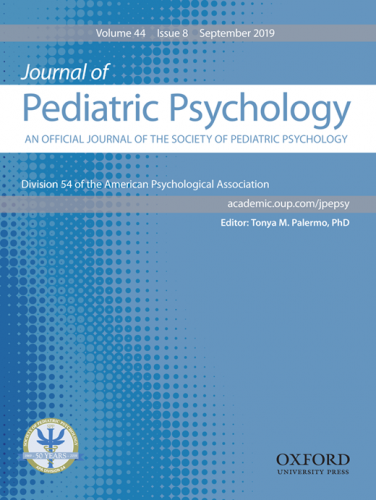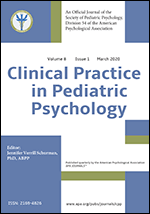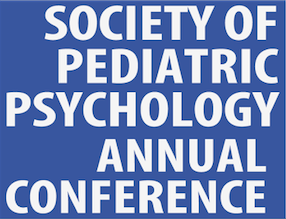Fact Sheet: Pediatric Burns
The etiology of burns includes flame, scald, electrical, contact and chemical with varying depth and severity. A biopsychosocial model can be useful for conceptualization of the recovery process for burn survivors and their families.
Prevalence and Course
Approximately 31 percent of children 18 and under sustain burns annually, and 6 percent of pediatric burn admissions were suspected of abuse. Recovery from burns involves physical, emotional/psychological, and social changes throughout the life span. Outcome studies have examined quality of life of burn survivors and found about 30 percent continued to show significant adjustment difficulties long-term.
Health and Psychosocial Consequences
Some of the common consequences of burns are pain and itch, anxiety (procedural anxiety, acute stress disorder, posttraumatic stress disorder, social phobia), depression, oppositional behavior, adjustment issues, grief and loss, school and community reintegration, and body-image and self-esteem concerns. Burn injury affects the survivor as well as the family.
Evidence-based Assessment
Domains of assessment during the acute and long-term recovery of burns include pain, physical, emotional, social, health behaviors, and quality of life. Measures such as psycho-diagnostic interviews, standardized questionnaires, health and behavior history are used to assess these areas for pediatric burn survivors.
Culture, Diversity, Demographic and Developmental Factors
Epidemiological studies of burns have taken into account psychiatric, behavioral and cultural factors that predispose children for risk of injury. Recent focus has been on identification of protective factors, prevention, and safety features to decrease the prevalence of burns in children. The family’s and children’s perceptions of the injury and their level of compliance to burn care vary by cultural and developmental factors. Cultural sensitivity is important to facilitate postburn adjustment.
Evidence-based Interventions
Common concerns addressed in psychological treatment are pain and mood/anxiety management, body-image, social skills training, grief and loss, treatment adherence, behavior management, and quality of life. Empirical literature supports the effectiveness of a range of psychological interventions which are developmentally age appropriate and individually tailored such as supportive psychological interventions, psychoeducation and cognitive-behavioral therapy.
Key References
Blakeney, P.E., Rosenberg, L., Rosenberg, M., & Fauerbach, J.A. (2007). Psychosocial recovery and reintegration of patients with burn injuries. In D.N. Herndon (Ed.), Total burn care (3rd ed., pp. 829-843.). Philadelphia: Saunders Elsevier.
Latenser, B.A., Miller, S.F., Bessey, P.Q., et al. (2007). National burn repository 2006: A ten-year review. Journal of Burn Care & Rehabilitation, 28(5),635-658.
Lawrence, J.W., Rosenberg, L.E., & Fauerbach, J.A. (2007). Comparing the body-esteem of pediatric survivors of burn injury with the body-esteem of an age-matched comparison group without burns. Rehabilitation Psychology, 52(4), 370-379.
McKibbens, J.B.A., Ekselius, L., Girasek, D.C., et al. (2009). Epidemiology of burn injuries II: Psychiatric and behavioural perspectives. International Review of Psychiatry, 21(6), 512-521.
Van Loey, N.E.E., & Van Son, M.J.M. (2003). Psychopathology and psychological problems in patients with burn scars: Epidemiology and management. American Journal of Clinical Dermatology, 4(4), 245-272.



